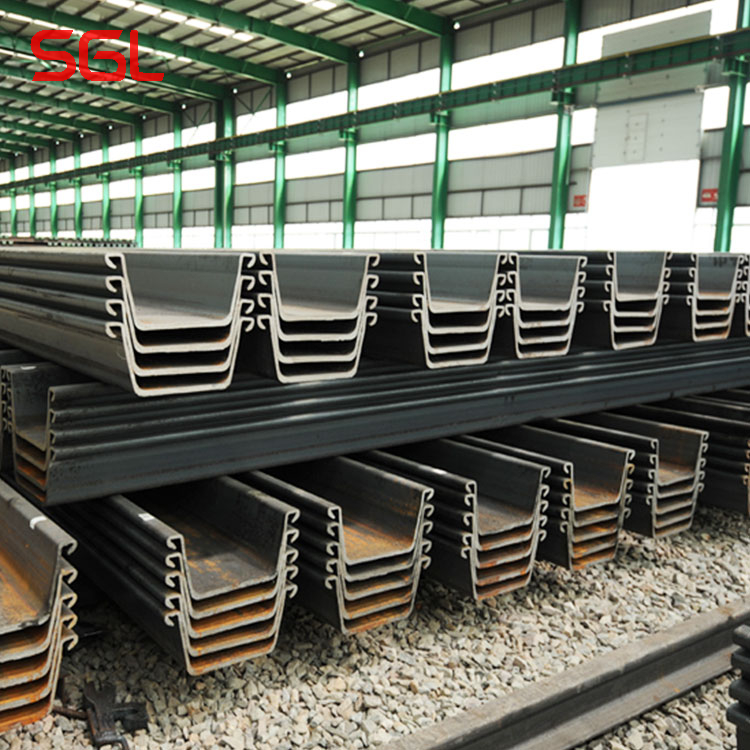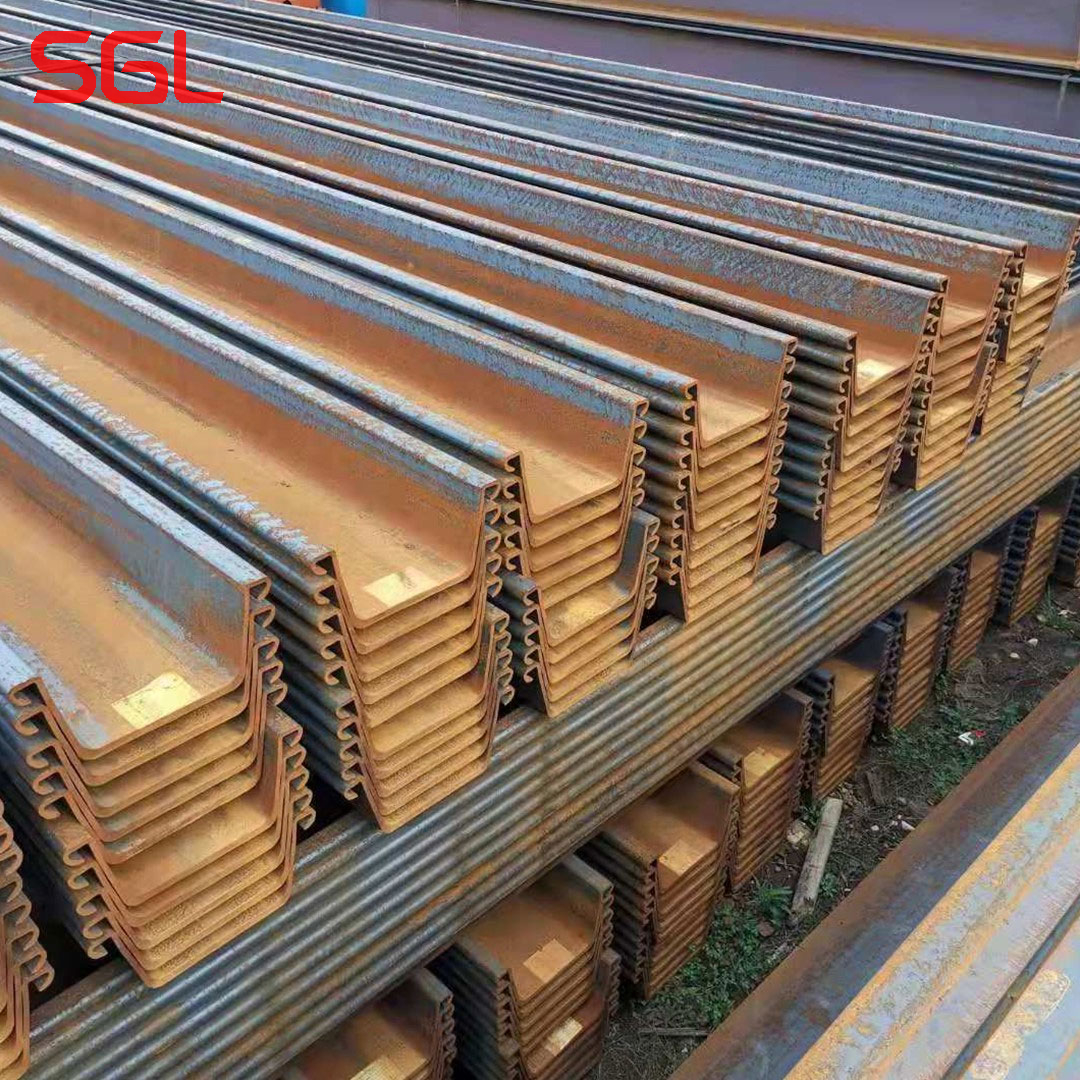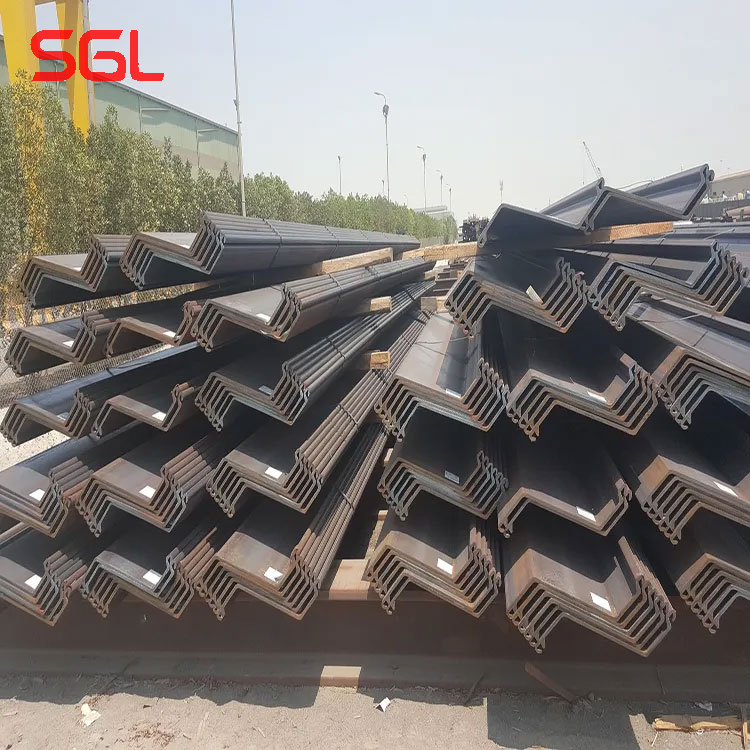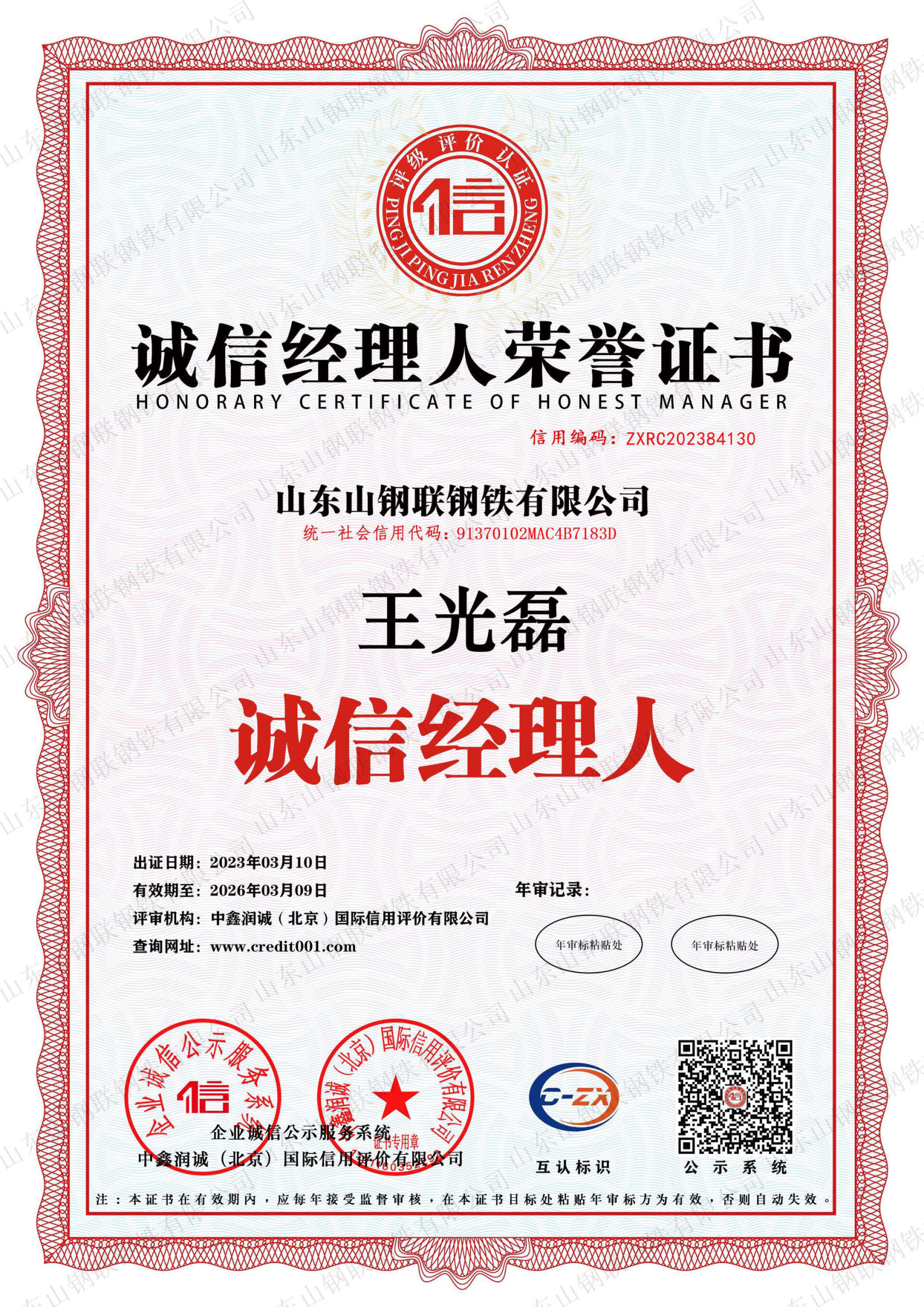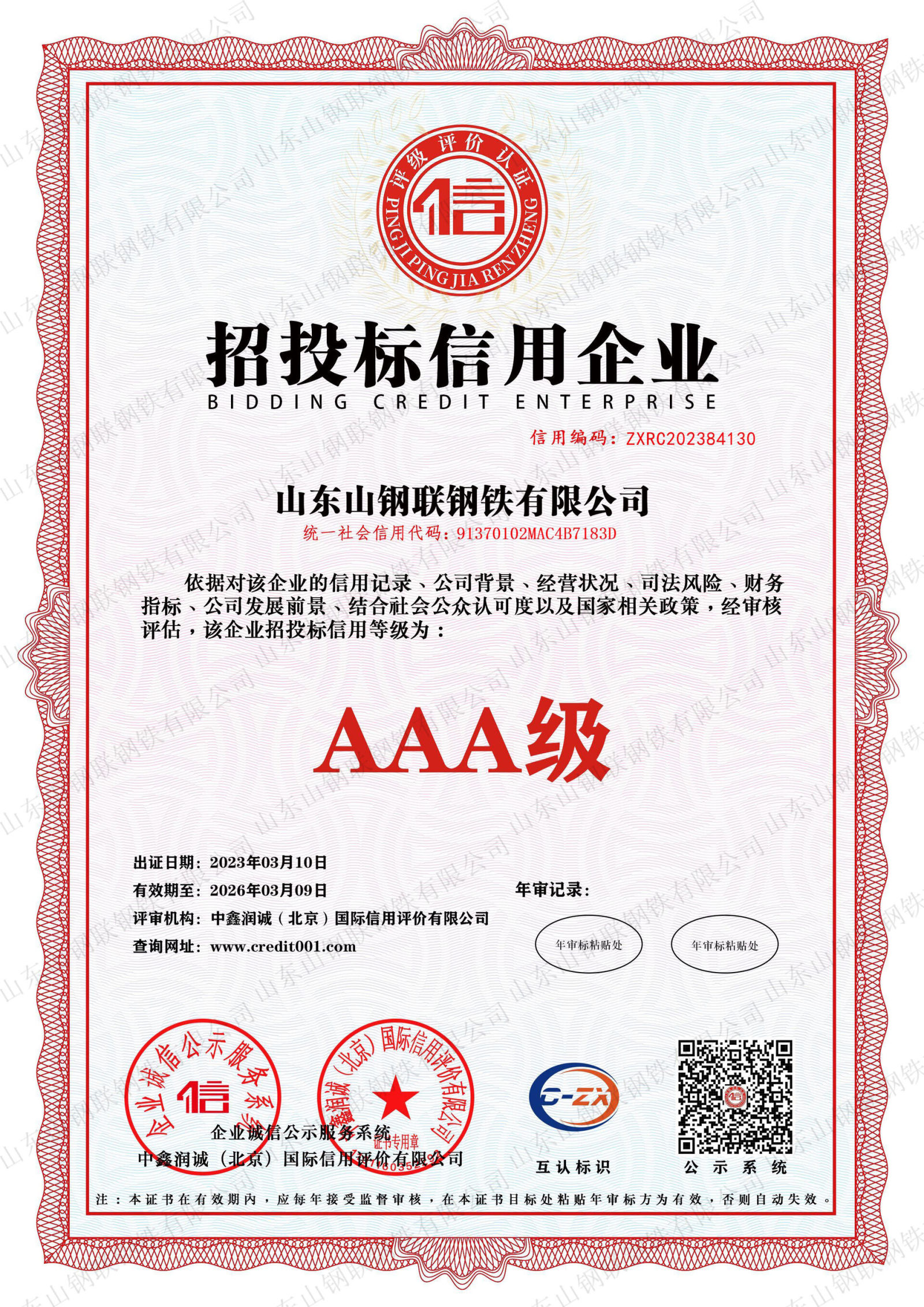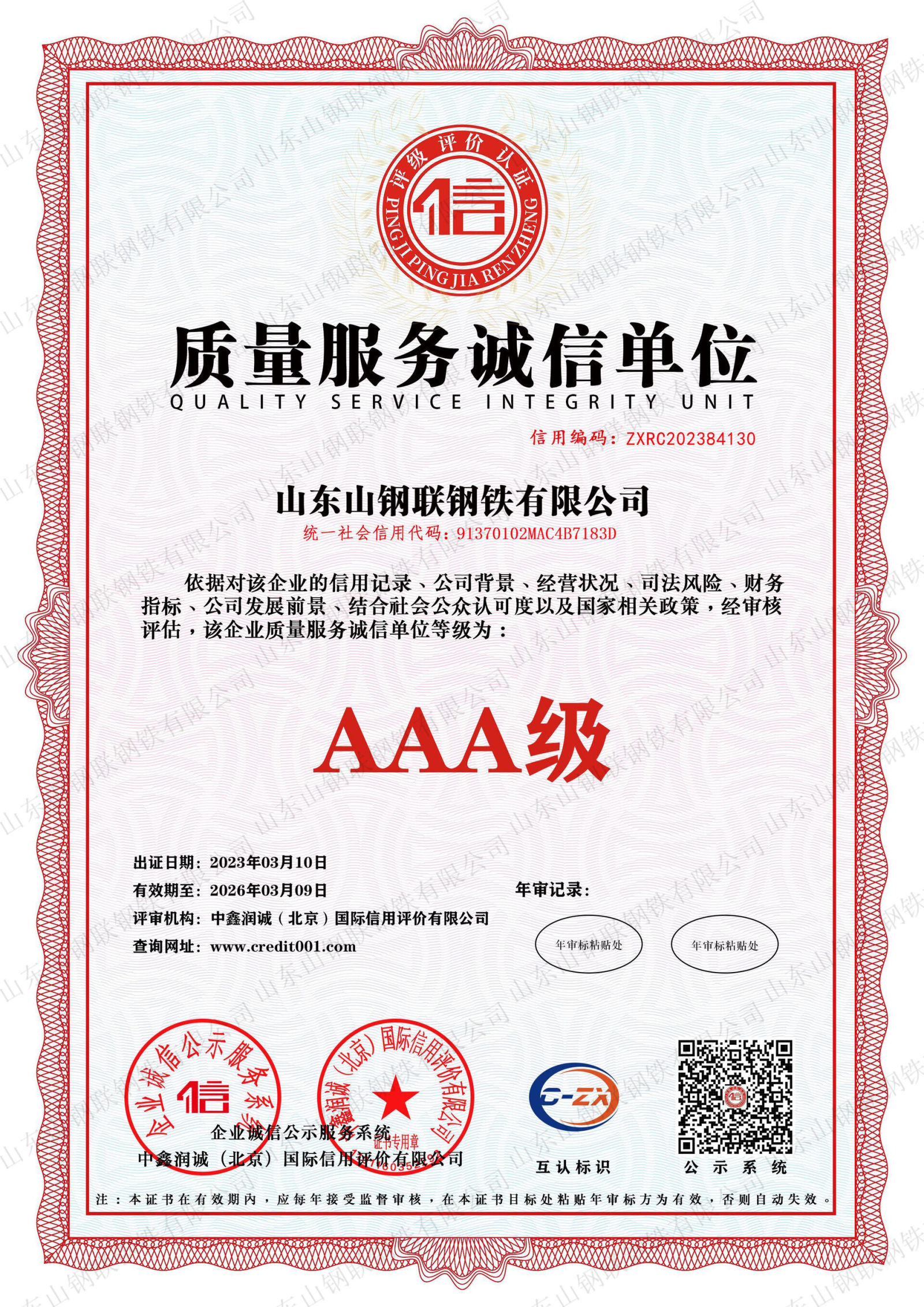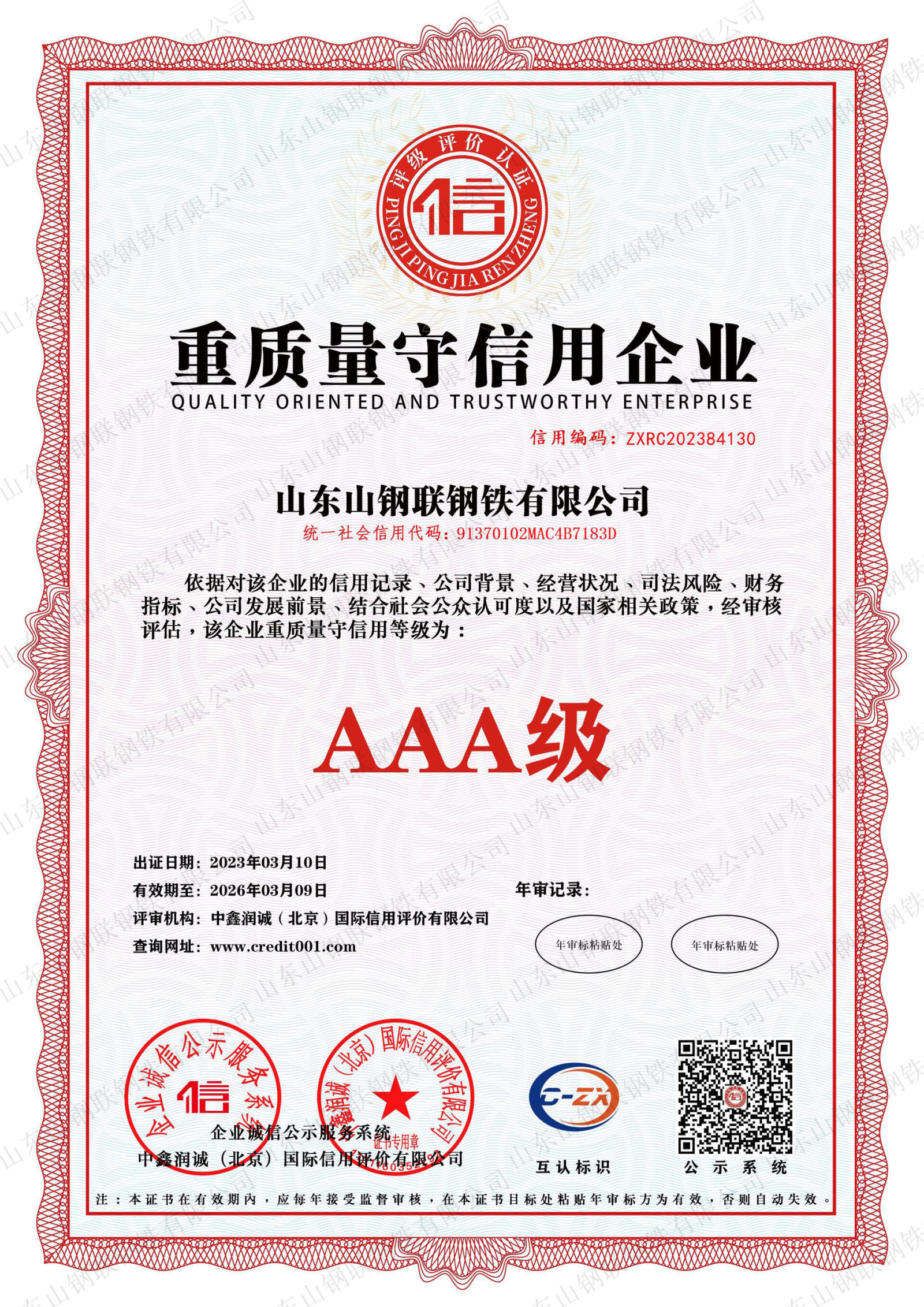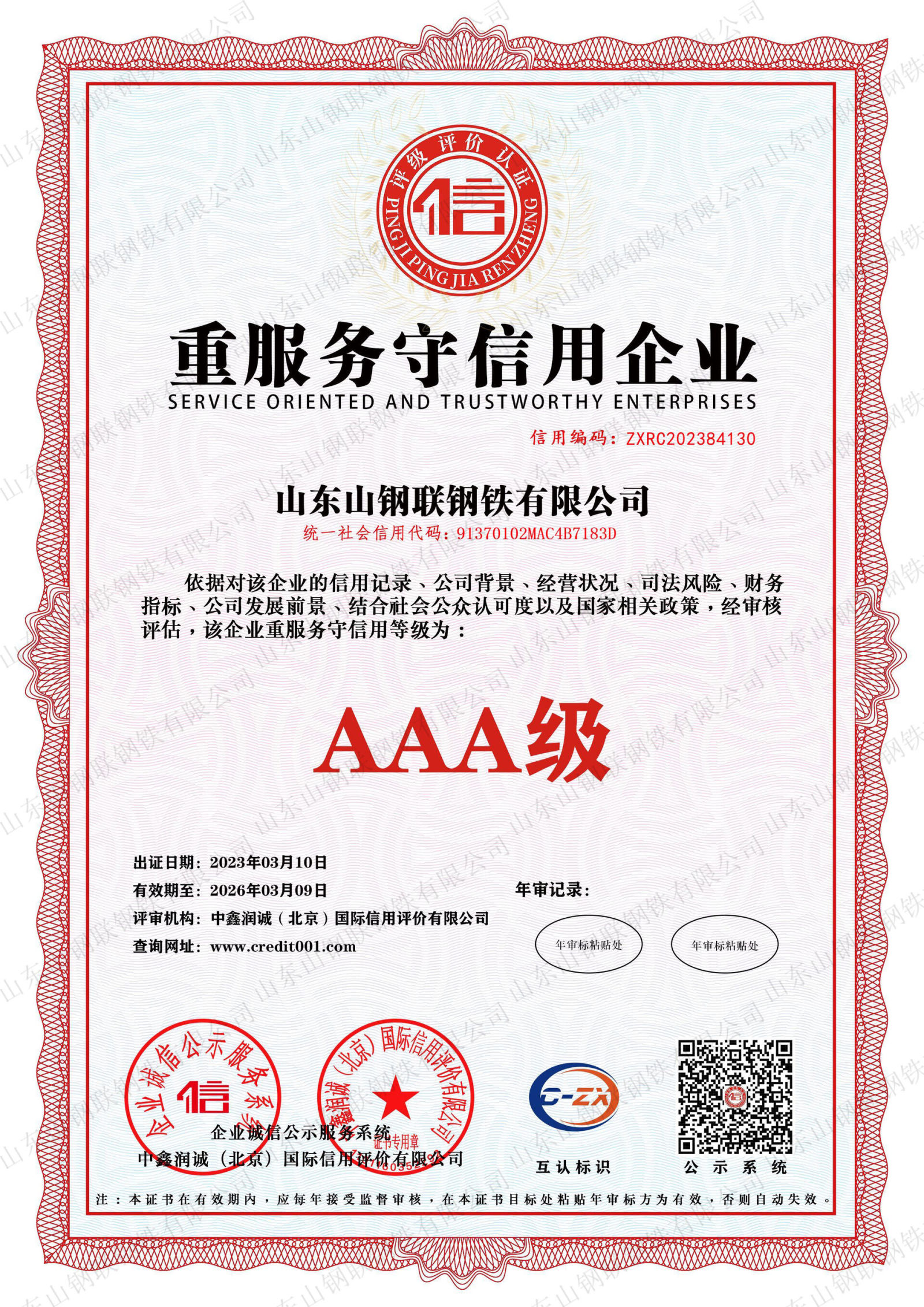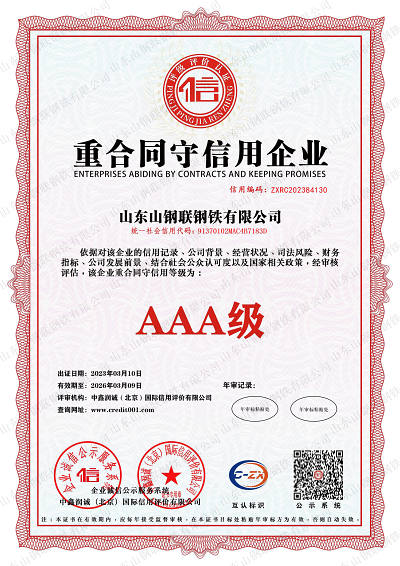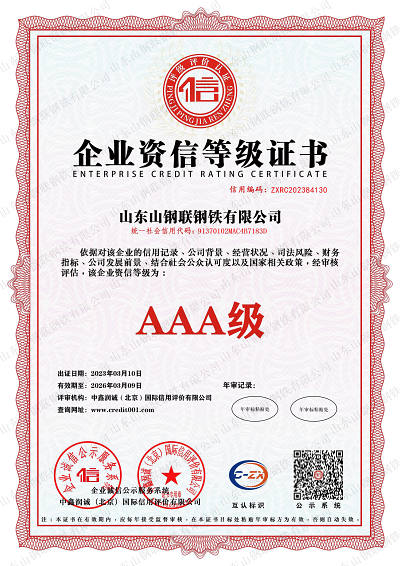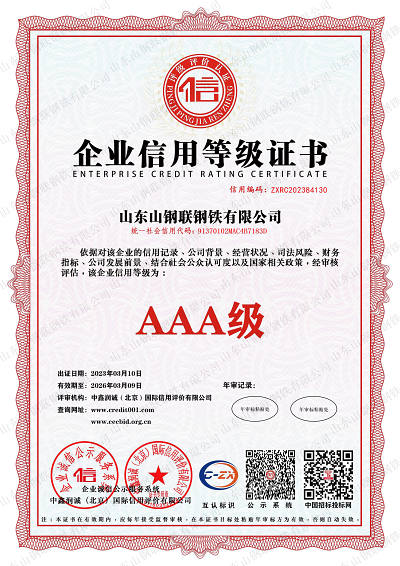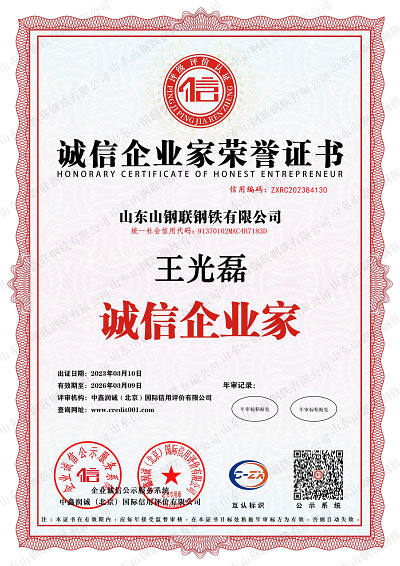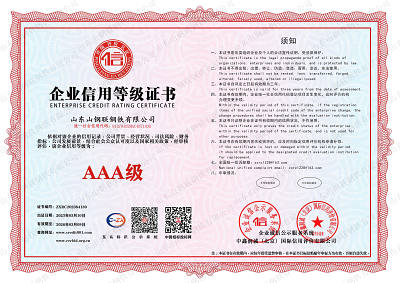
PRODUCTS
Classification of sheet piles
Steel sheet pile products are divided into cold-formed thin-walled steel sheet piles and hot-rolled steel sheet piles according to the production process.
(1) Cold-formed steel sheet piles continuously cold-bend the steel strip to form Z-shaped, U-shaped or other shapes of cross-section, which can be connected to each other through locks. There are two types of non-bite type cold-formed steel sheet piles (also called channel plates) and bite-type cold-formed steel sheet piles (divided into L-type, S-type, U-type, Z-type). Production process: The thin plate (commonly used thickness 8mm ~ 14mm) is continuously rolled and formed in the cold bending unit. Advantages: less investment in production lines, lower production costs, and flexible product sizing control. Disadvantages: The thickness of each part of the pile body is the same, the section size cannot be optimized, resulting in an increase in the amount of steel used, the shape of the locking part is difficult to control, the joints are not tightly buckled, and the water cannot be stopped, and the pile body is prone to tearing during use.
(2) The hot-rolled steel sheet pile has a tight water barrier with its lock bite. The world's hot-rolled steel sheet piles mainly include U-type, Z-type, AS-type, H-type and dozens of specifications. Production process: It is formed by high temperature rolling in a section steel rolling mill. Advantages: standard size, superior performance, reasonable cross-section, high quality, and tight water-resistance for locking. Disadvantages: technical difficulty, high production cost, inflexible specification series.
Advantages of U-shaped steel sheet piles
1) The specifications and models of U-shaped steel sheet piles are abundant.
2) Designed and produced according to European standards, the structure is symmetrical, which is conducive to repeated use, and is equivalent to hot rolling in repeated use.
3) The length can be customized according to customer requirements, which brings convenience to the construction and reduces the cost.
4) Due to the convenience of production, it can be pre-ordered before leaving the factory when used together with the combined pile.
5) The production design and production cycle are short, and the performance of steel sheet piles can be determined according to customer requirements.
Advantages of Z-type steel sheet piles:
1. Flexible design, with relatively high section modulus and mass ratio;
2. Higher moment of inertia, thereby increasing the stiffness of the sheet pile wall and reducing displacement deformation;
3. The width is large, which effectively saves the time of hoisting and piling;
4. The increase of the section width reduces the number of shrinkage of the sheet pile wall and directly improves its water-stopping performance;
5. Thickening treatment is carried out on the severely corroded parts, and the corrosion resistance is more excellent.
Common specification sheets and advantages of L-shaped steel sheet piles
L type is mainly used for the support of embankments, embankment walls, trenches and trenches.
Advantages: The section is light, the pile wall occupies less space, the locks are in the same direction, and the construction is convenient. It is suitable for excavation and construction of municipal engineering.
Advantages of sheet piles
1. The bearing capacity is strong, the structure is light, and the continuous wall composed of steel sheet piles has high strength and rigidity.
2. The water tightness is good, and the joints of the steel sheet piles are tightly combined, which can naturally prevent seepage.
3. The construction is simple, can adapt to different geological conditions and soil quality, can reduce the amount of earthwork for excavation of the foundation pit, and the operation takes up less space.
4. Good durability, depending on the use environment, the life span can be as long as 50 years.
5. The construction is environmentally friendly, and the amount of soil borrowed and concrete is greatly reduced, which can effectively protect land resources.
6. The operation is efficient, and it is very suitable for the rapid implementation of disaster relief and prevention such as flood control, subsidence, quicksand, and earthquakes.
7. The material can be recycled and used repeatedly. In temporary projects, it can be reused 20 to 30 times.
8. Compared with other single structures, the wall is lighter and has greater adaptability to deformation, which is suitable for the prevention and treatment of various geological disasters.




Chat Online
